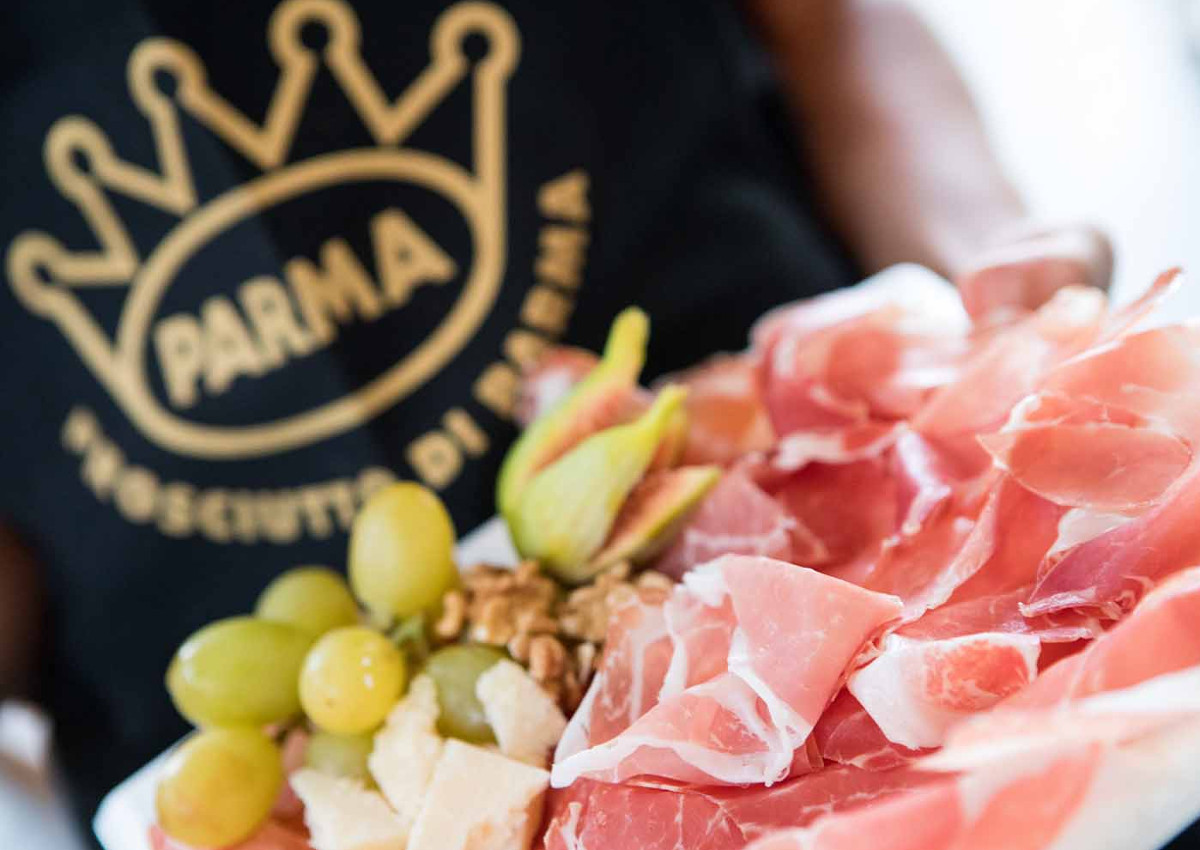Today the Italian Ministry of Agriculture’s Central Inspectorate for the Protection of Quality and Repression of Fraud and Food Products (ICQRF) approved the new Controls Plan that will be applied to the Prosciutto di Parma PDO production and supply chain. The contents of the Plan will come into force on January 1, 2020, as CSQA Certifications will officially begin to carry out its task of control and certification under the supervision of the Ministry.
This is a long-awaited result for the protection Consortium’s producer members. In fact, it will further strengthen the Prosciutto di Parma protection system, guaranteeing greater transparency for consumers and offering better and safer products. The new plan has two goals: intensifying controls along the entire production chain, with particular attention to farms and slaughterhouses, and improving traceability, making it more accurate from genetics and pig feed to the final product.
ALL THE CHANGES FOR PROSCIUTTO DI PARMA PDO
“Among the most important innovations – says Vittorio Capanna, president of the Consortium – is the introduction of modern monitoring tools and the use of a new computer system that collects, aggregates and organizes data recorded by farms, slaughterhouses, ham factories and slicing laboratories for identification and traceability from the raw material to the finished product. The new procedures include the creation of a list of genetic types admitted to the protected circuit and a database of genetic material.”
“The new specification includes substantial changes that affect all the steps of production – adds Stefano Fanti, director of the Prosciutto di Parma PDO Consortium – from farms to factories, from the characteristics of the raw material to the final product. All this includes genetics and nutrition of the pigs, processing method, reduction of salt content, weight and seasoning of the ham, extension of the minimum seasoning period, analytical parameters for quality assessment, sales methods, and pre-cut product.”

